When the time has come to start introducing solid food to your baby, offering options that they can pick up with their fingers is crucial to their learning and development. Initially, adding in a small amount of finger foods into your baby’s diet from around the 6 months mark will greatly help with food exploration. As babies and toddlers consume more and more textures and flavours, finger foods will feed into their nutrition, as well.
In this piece, we'll walk you through everything you need to know about finger food including when to start baby-led weaning, guidelines to follow and a list of finger foods that are healthy and yummy.
In this article:
6 reasons why you should introduce finger foods
Julie Clark, a nutritionist and author of Baby Led Weaning Step By Step reveals her top finger food ideas for weaning.
1. Finger foods encourage the pincer grip
Babies tend to try out the ‘pincer grip’ or 'pincer grasp' (the ability to hold objects between their forefinger and thumb) from around 7-10 months old. While they are learning this technique, they will often try and bring food up to their mouths, and it goes without saying that finger foods are the easiest for them to grip.
2. Finger foods are vital for speech development
The biting and chewing motions can help children to develop the muscles and skills necessary for speech and language, as well as improve their jaw muscles. Include a variety of different textured foods - from soft fruit to chunky, firmer vegetables and melt-in-your-mouth wafer snacks - in your baby’s diet to help encourage their speech development.
3. A variety of tastes and textures make babies less fussy in the future
Introducing varied tastes into your baby’s diet early on with finger foods has been proven to make them more adventurous and less fussy eaters in the future.
At around 6 months of age, children are likely to accept tastes and texture more readily, so this would be a good time to introduce them to different textures. Try feeding your little one the Kiddylicious Wafers at snack time. Their texture is comforting to sore gums, dissolves easily and they are subtly flavoured with hints of fruit and vegetable. Available in Carrot, Strawberry, Banana and Blueberry flavours.
4. Finger foods help babies develop hand-eye coordination
As well as improving the pincer grip, picking up finger foods will allow your baby to develop their hand-eye coordination. Provide them with bite-size pieces, easy-to-pick-up pieces at first, and once they have mastered grasping those, you can move onto foods that are a little harder to pick up, like slippery banana chunks.
5. Finger foods will improve sensory processing
When feeding your baby finger foods, things are going to get a little messy! But don’t worry – this is all part of the experience. When you introduce new and exciting foods to your baby, they’ll want to squish it, smell it, prod it and play with it, all of which will improve their sensory skills.
Luckily, not all finger foods have to be messy. The Kiddylicious Fruity Puffs are convenient and easy for your baby to hold, so you won’t need to wipe down the walls after lunch-time!
6. Finger foods will develop independence around eating
Some babies don’t enjoy being fed with a spoon, so give them control by letting them feed themselves with finger foods. Trust us: they will be much more confident about eating than their spoon-fed counterparts!

When can babies start eating finger food?
Ask the expert: Charlotte Stirling-Reed
How do you know when your baby is ready for baby-led weaning?
Ideally, a baby needs to be around 6 months before they are able to take more solid pieces of food, as is more typical with a baby-led weaningapproach. Signs your baby is ready for starting solids include:
-
Sitting up and hold their head and neck steady
-
Being able to see food, pick it up and put it in their mouth by themselves
-
Being able to swallow foods and get more in their mouth than they spit out
Ultimately, when offering finger foods, you want your baby to be able to really focus on their hand to mouth movements and their eating skills, not focusing on holding their trunk steady.
At around 6 months, the tongue thrust starts to become more integrated and so you'll find that baby is able to swallow more foods around then. Baby will start to develop more skills around eating from around 6 months too. This means they gradually learn how to move food around in their mouth and start chomping and chewing foods as they are offered and experience more variety.
The best finger foods for baby-led weaning
Initially soft, well-cooked veggies that squidge between your finger and thumb are best for baby. This helps them to build confidence around self-feeding and hand-eye coordination at the start but with foods that will easily "collapse" in the mouth. Then moving on to offer more of a variety of finger foods is essential. For example, offering foods that you eat as a family can work well, as long as they are soft enough for baby to manage. For example foods such as bread, scrambled egg, baked salmon, fusilli pasta, some fruits can all be perfect finger foods for early on in weaning. Try to get baby involved in your own meals and let them share part of the meals you're having yourself. Gradually build on the textures your baby is exposed to as they get more experienced and confident with eating finger foods.
Here's a list of all the best baby led weaning starter foods that your baby will love...
Mango slices
Rich in vitamin A, mangos keep your baby’s eyes healthy. Leave the skin on as it will make it less slippy and easier for your baby to hold.
Banana chunks
This classic baby-led weaning (BLW) food is nice and soft and can be chopped into small pieces for your baby to eat. It’s great on-the-go food.
Steamed broccoli florets
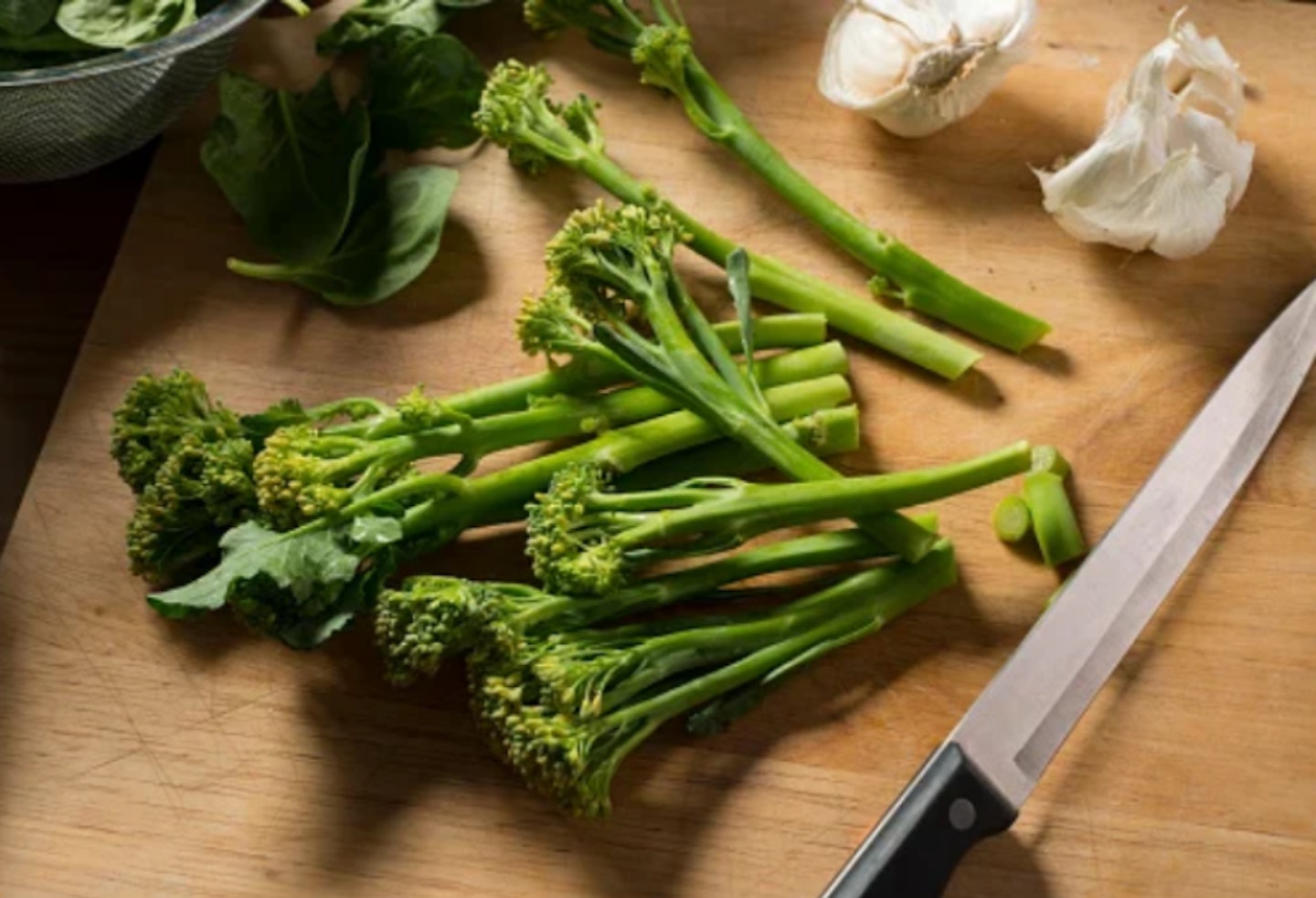
The texture of broccoli is great for babies and their tree-like shape is ideal for your baby to pick up and hold. What’s more, broccoli is rich in vitamin C, which your body needs to absorb iron.
Sticks of firm mild cheese
Mini Edam cheeses are great – simply slice into sticks. Cheese provides an excellent source of calcium, which your baby needs for strong bones and teeth.
Thin strips of meat
Chicken or turkey is a good place to start. As your baby gets better at chewing, you can move onto pieces of lean lamb or beef. Meat is a great source of protein, which will help your baby’s growth and development.
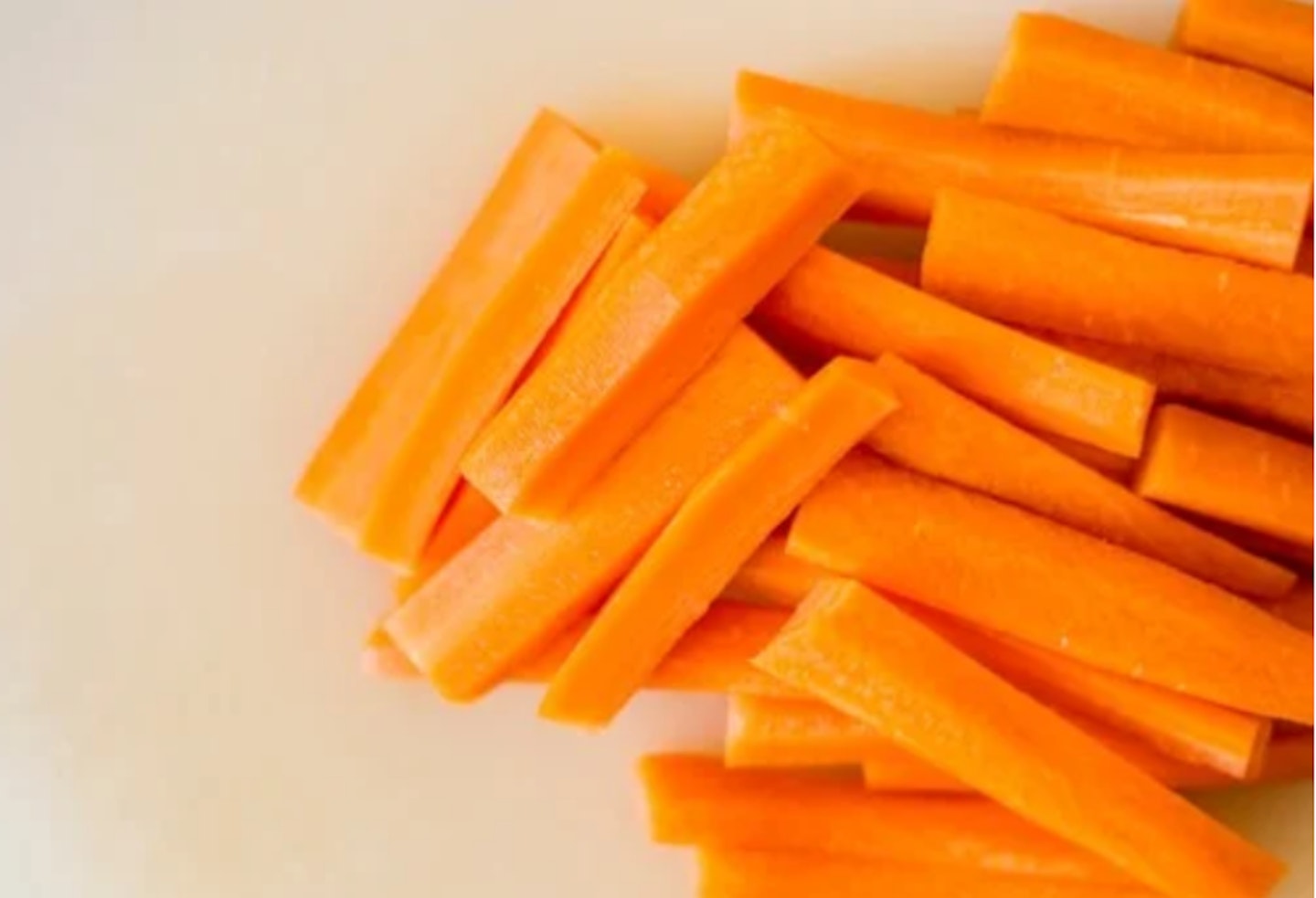
Steamed carrot sticks
Chop a carrot into batons or pennies and steam. It contains vitamin A, which is great for your baby’s skin and eyes.
Mashed potato loaded onto a spoon
While it’s fine to let your baby scoop up mashed potato with his hands, you can also put a lump on a spoon and give it to him. He may put it in his mouth, he may flick it at the walls – it’s all part of the weaning process. Alternatively, why not try some roasted sweet potato?
Steamed baby sweetcorn
The perfect length for finger food, there’s no need for chopping or slicing this baby sweetcorn. Simply steam and serve to your little one.
Unsalted rice cakes
Either use mini rice cakes and top with houmous, cream cheese or peanut butter, or larger ones and then break into small pieces. The houmous stops them from being too dry. Plain rice cakes are an ideal snack when you’re out and about.
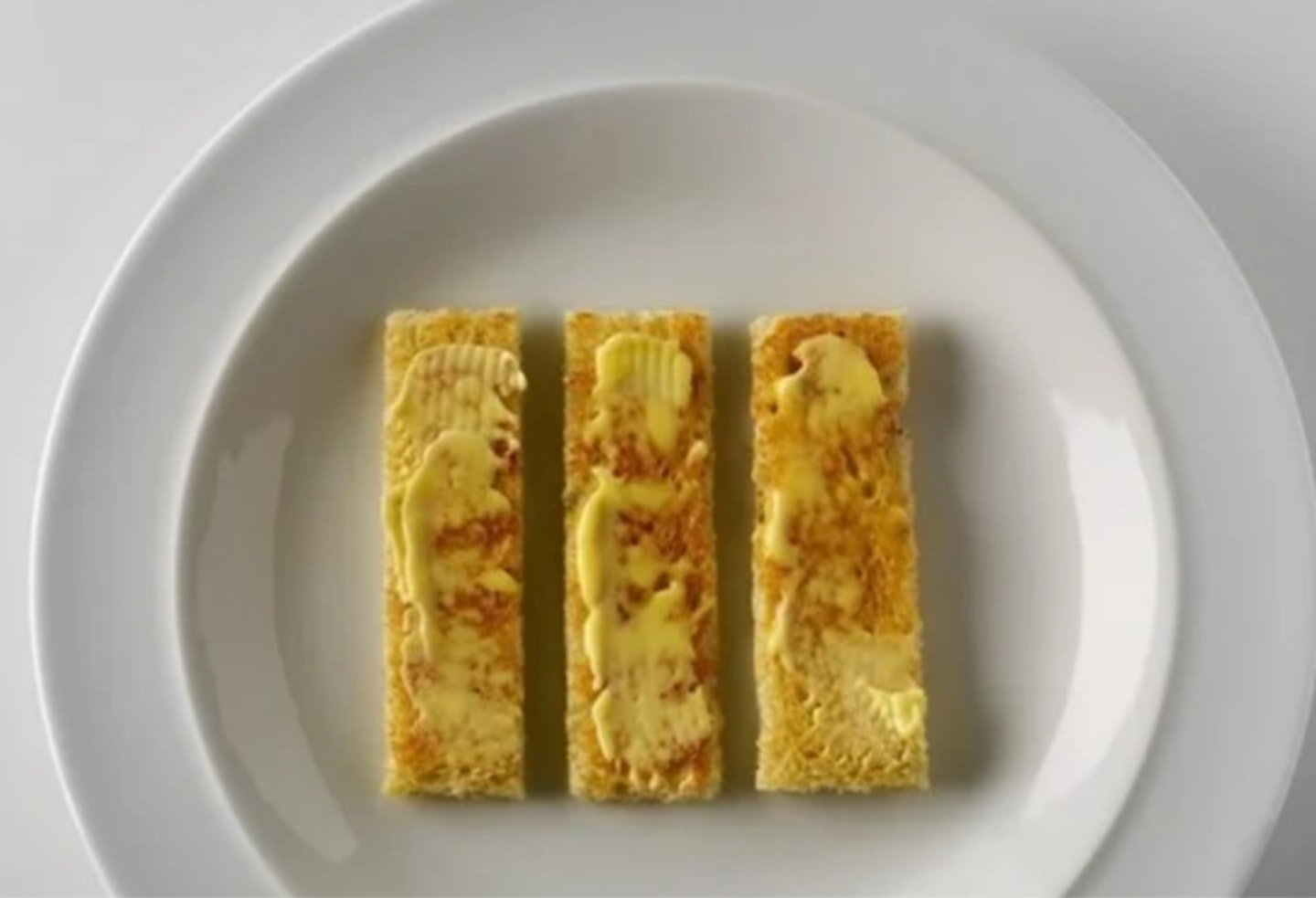
Toast fingers
Yes, your baby will probably gum at it until it’s a soggy mess, but he will enjoy the texture of toast fingers – it’s great for teething babies – and it’s a quick and easy weaning food.
Hard-boiled egg
Make sure the egg yolk is completely solid and then slice into quarters. The white and yolk will probably come apart, but your baby can pick at both pieces. Eggs are a great source of protein and vitamin A.
Omelette strips
Like boiled eggs, omelettes are a great source of protein. Whisk up an egg, fry in a little vegetable oil, then cut it into 3cm long pieces using a knife or scissors.
Thick fromage frais loaded onto a spoon
Make sure you use a set yoghurt (otherwise it could get quite messy) load a spoon up with it for your baby to feed himself with.
Cucumber batons
Slices of cool cucumber are great for soothing your baby’s gums if he’s teething, as well as being an easy BLW food. Alternatively, why not use a crinkle cutter to cut the cucumber?
Safety tips for baby-led weaning

-
Avoid giving your baby any foods that could be choking hazards - such as grapes or nuts.
-
While they are young, cut food into long, thin sticks so they can hold onto it while they eat.
-
Remember never to leave your baby alone when they are feeding.
-
Once your baby has learnt to use a pincer grip (where they will hold the food between their fingers and thumb) you can introduce berries and raisins or peas.
-
Remember that for your baby, food is fun, so they are likely to spend a lot of time playing with their food before they eat it. Don't worry, this is normal.
-
Choose finger food which can be picked up such as some of the options above.
-
Try and offer your baby a variety of different foods but don't overwhelm them.
Baby-led weaning recipes
Annabel Karmel's mini meatballs with butternut squash, red onion and sweet pepper recipe
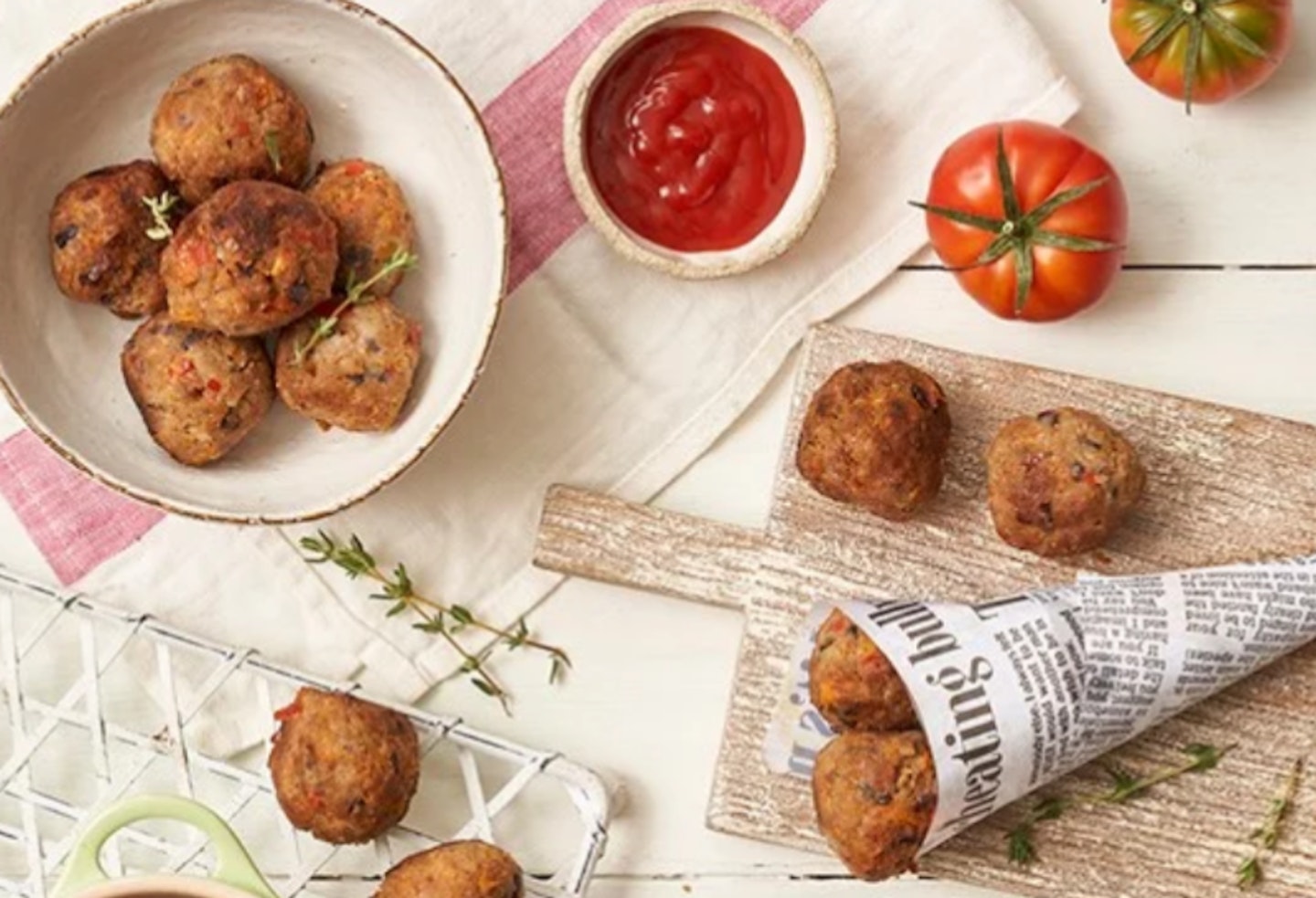

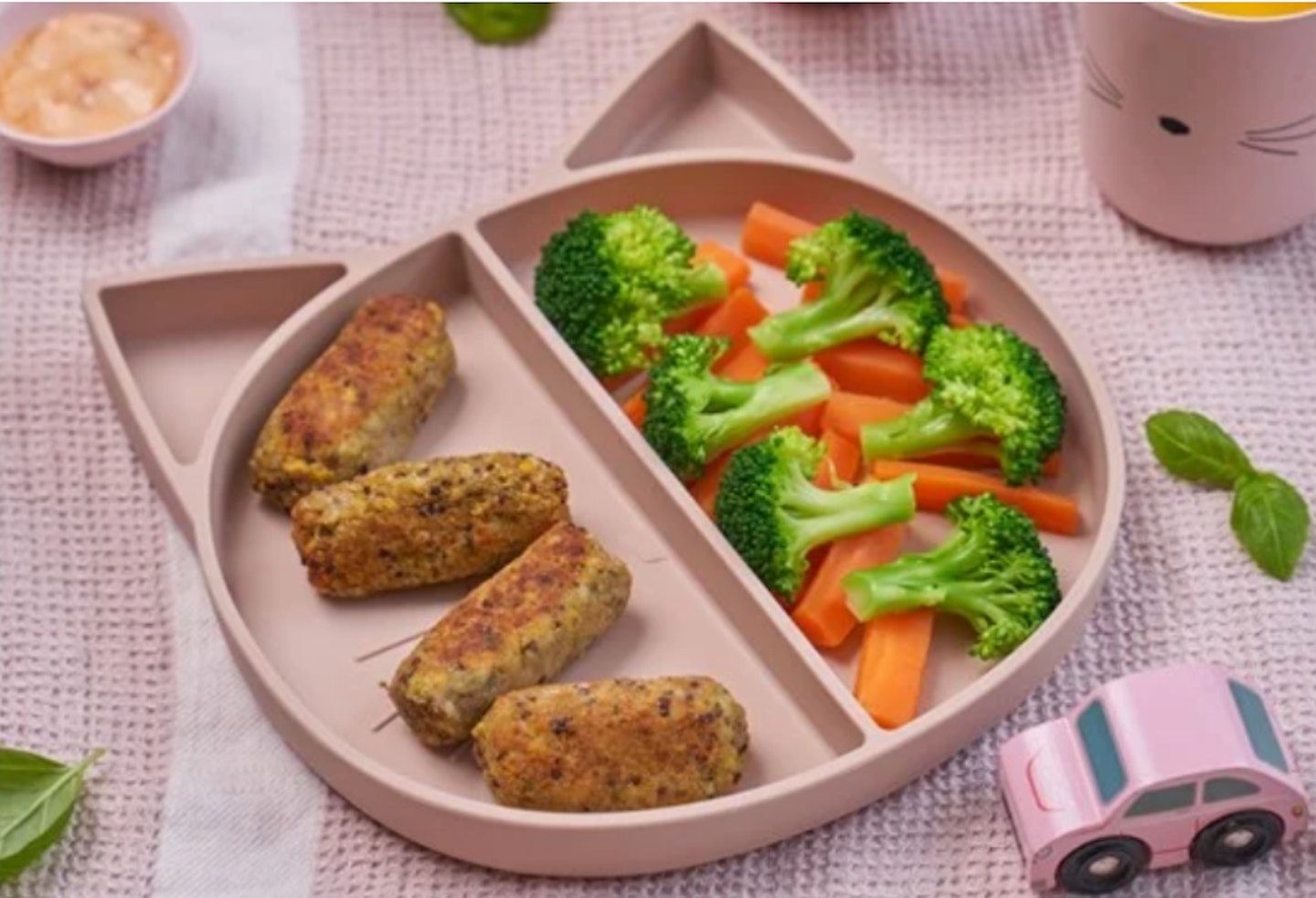
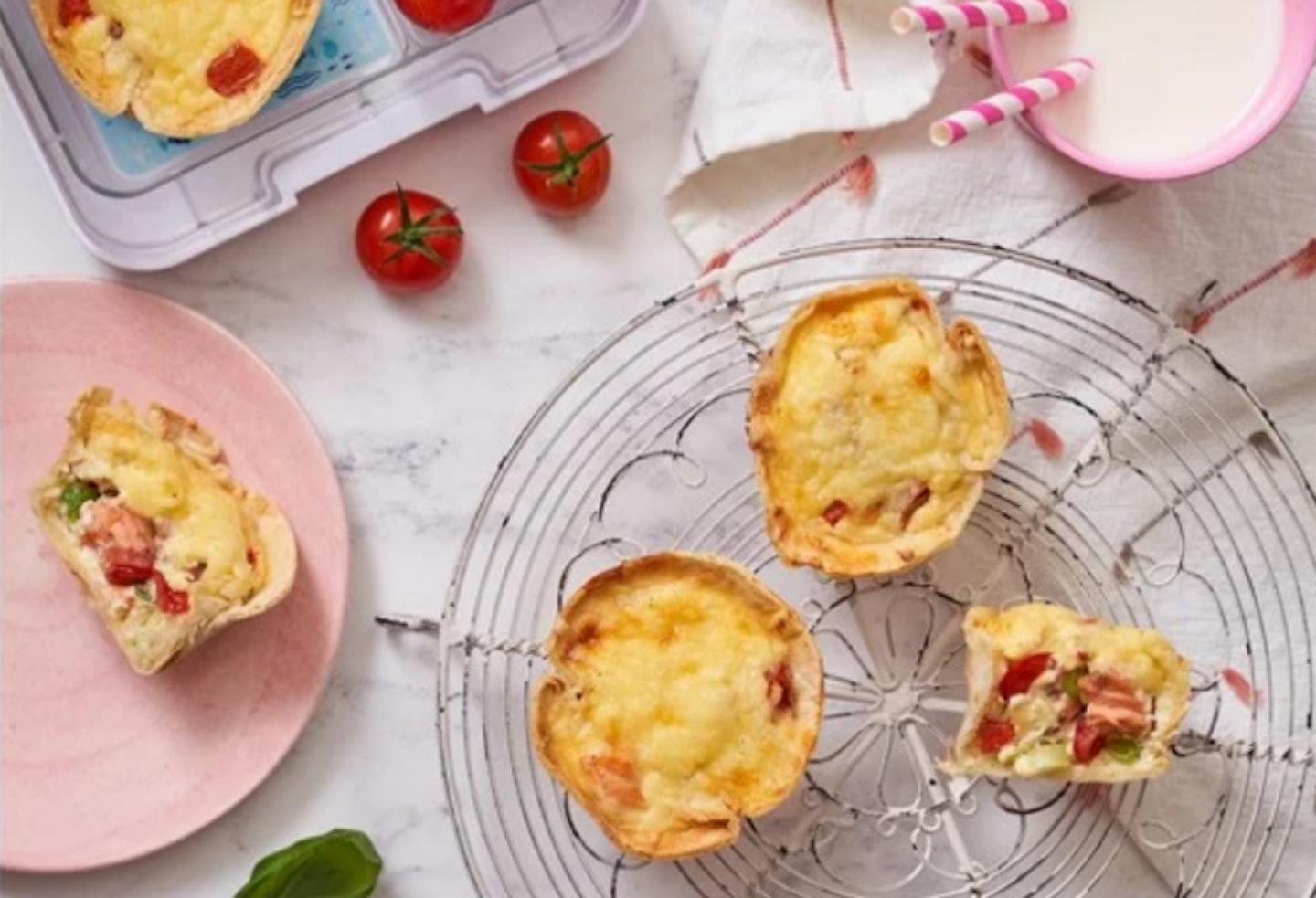
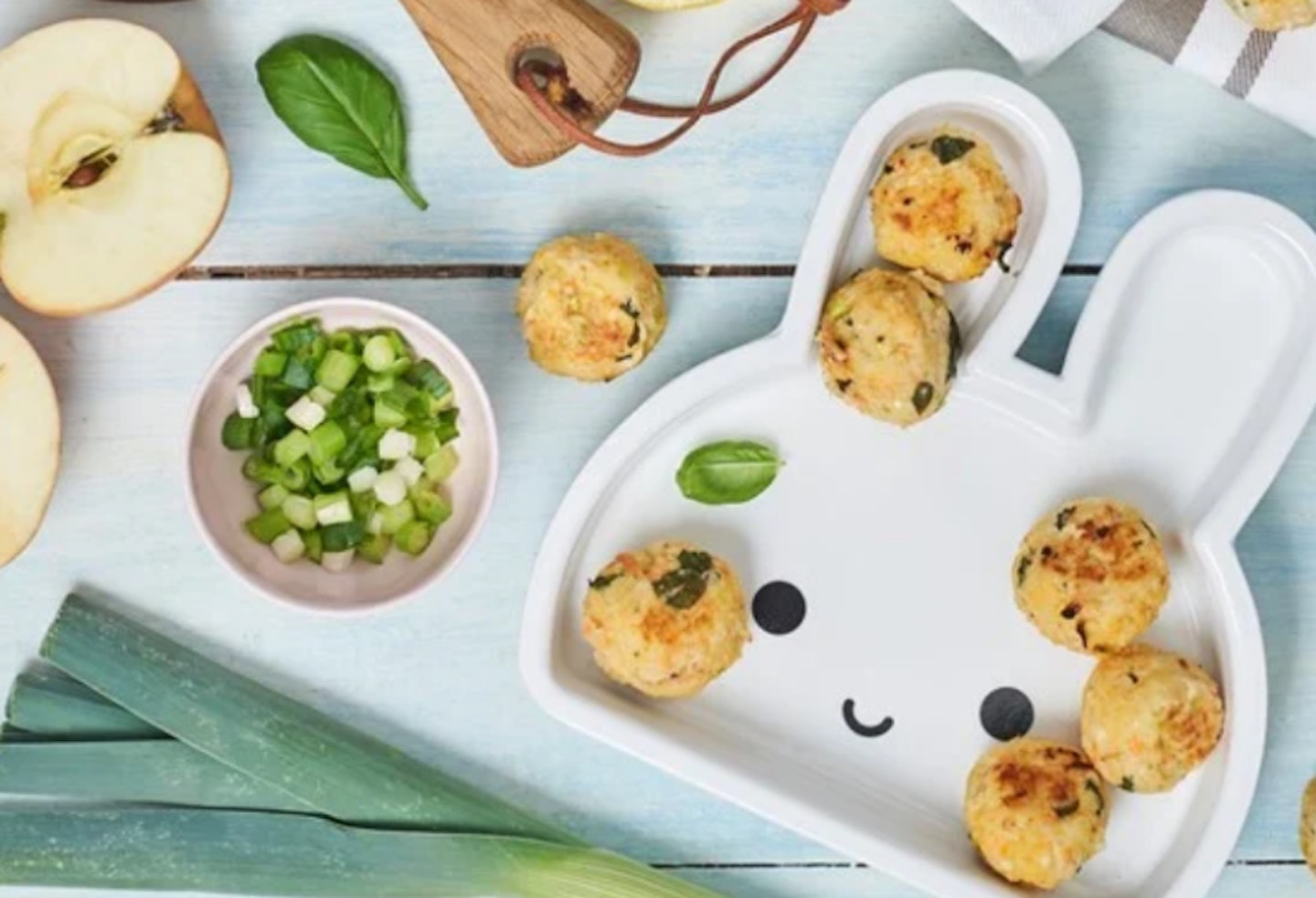
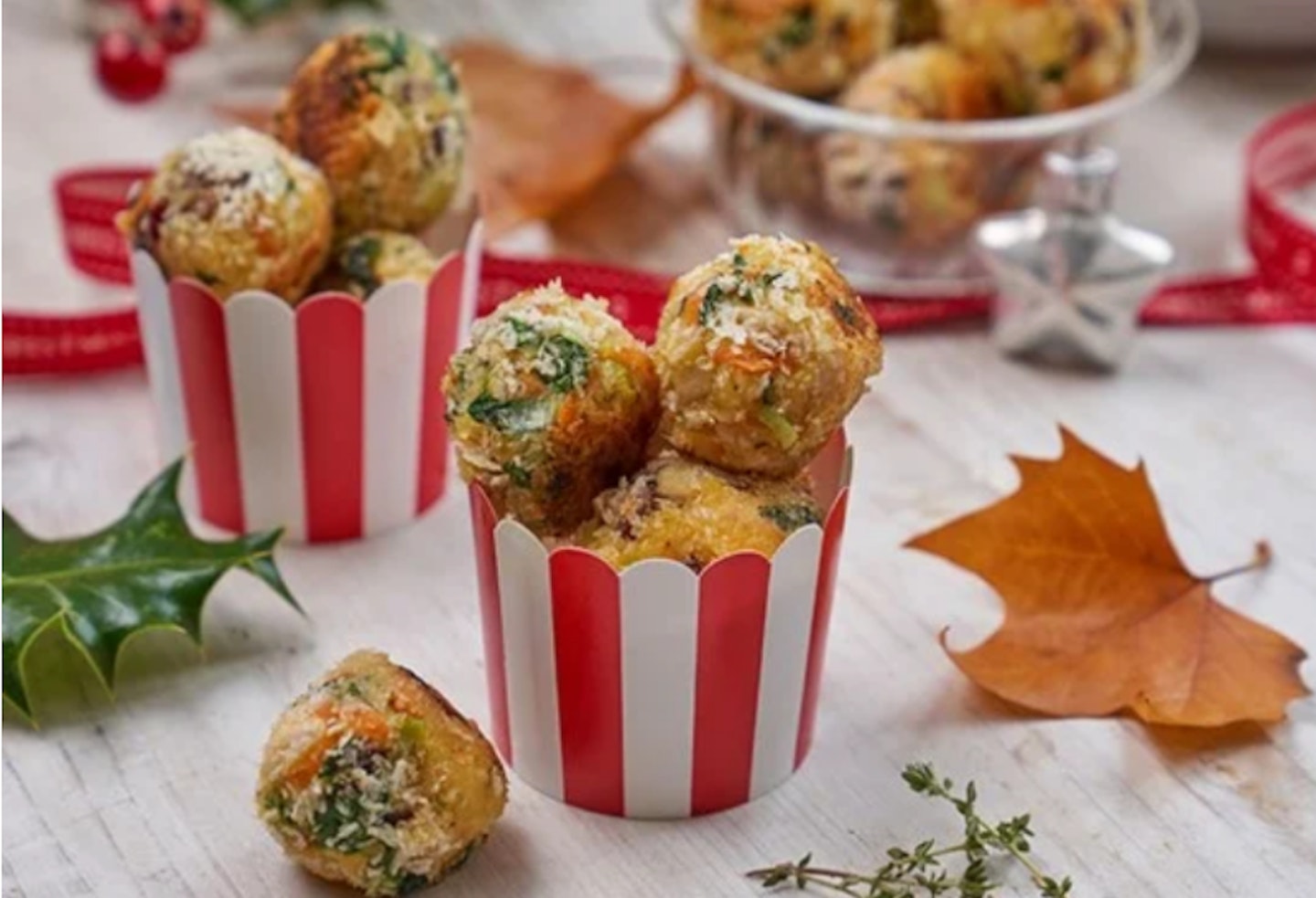
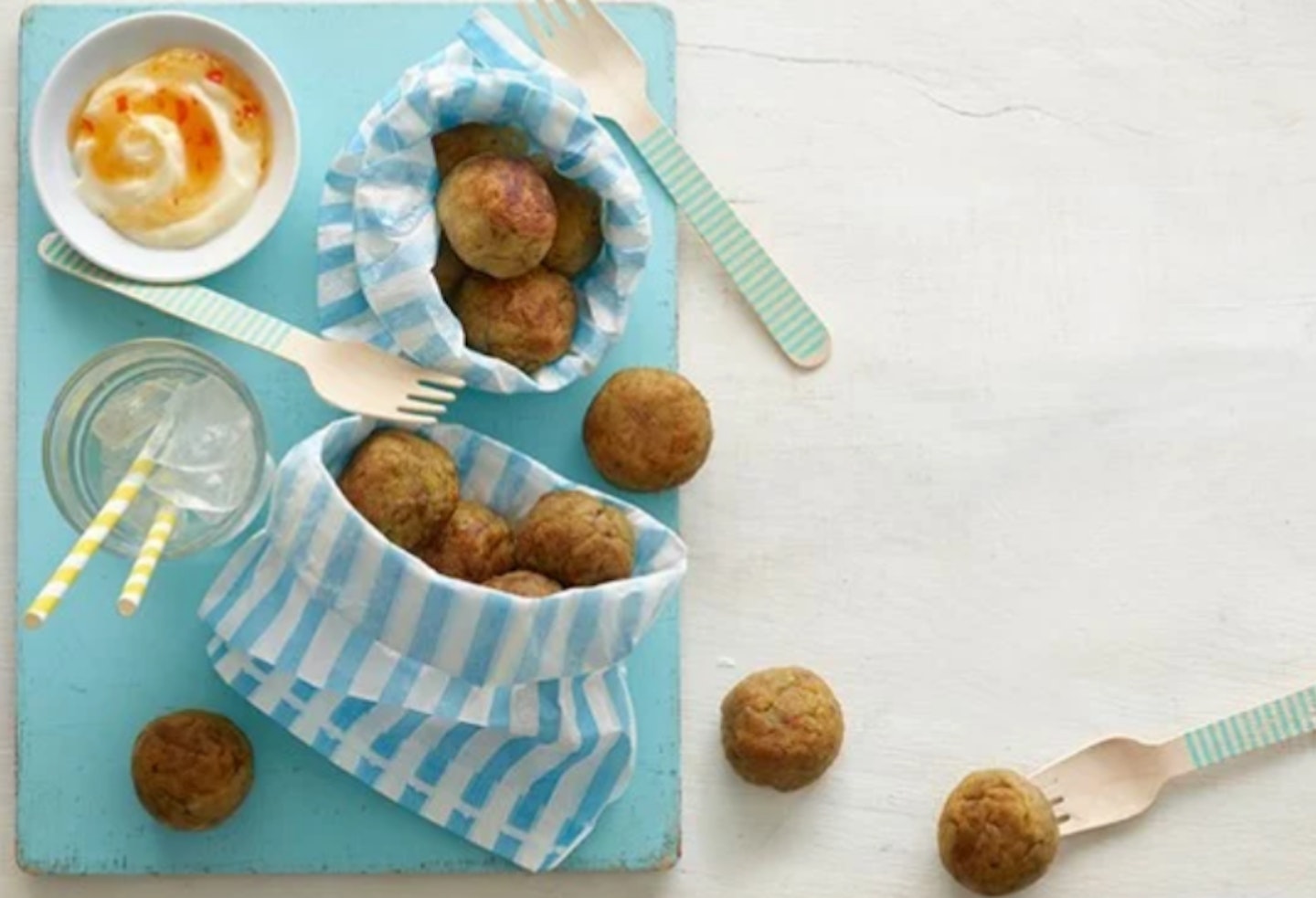
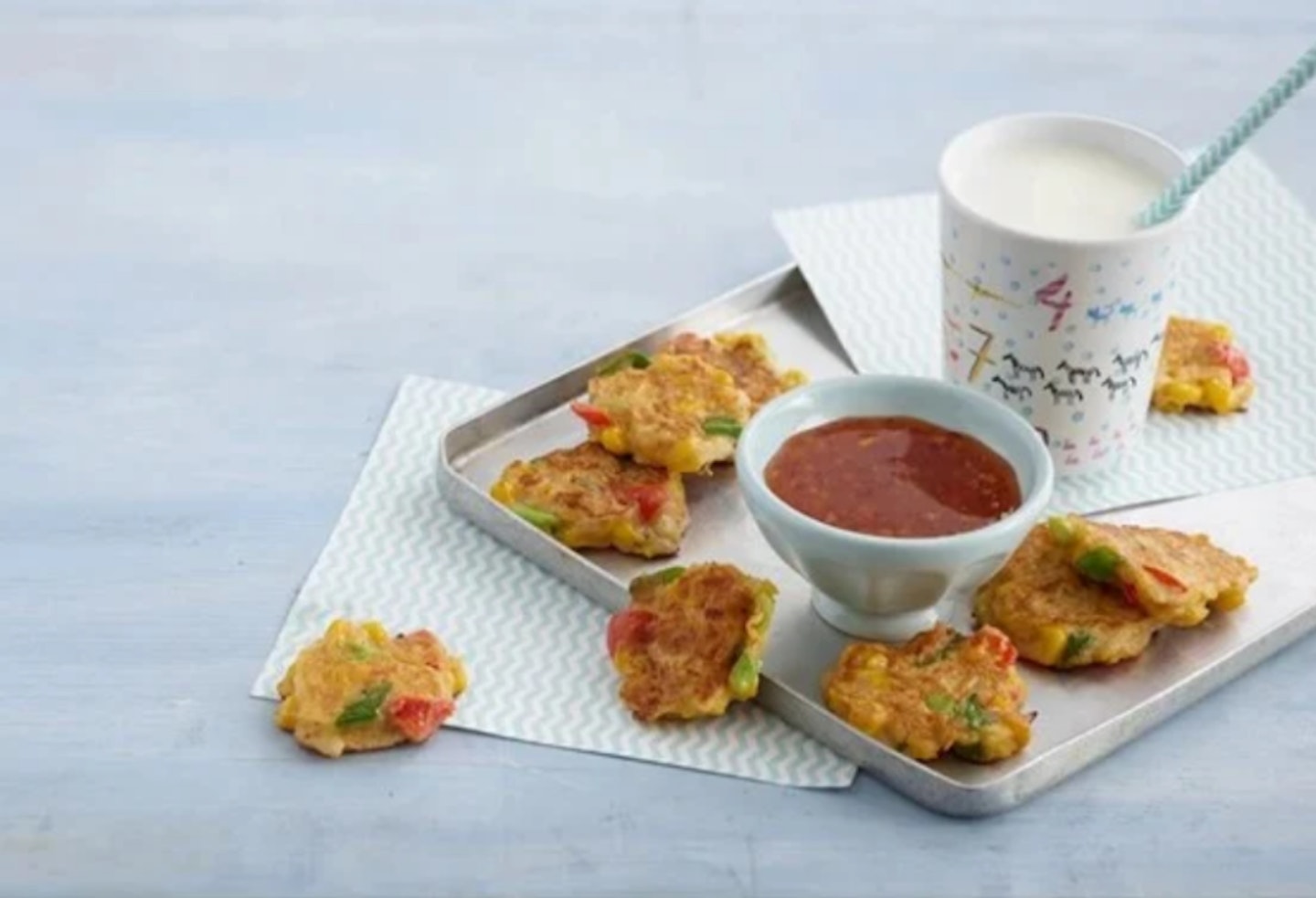
Tips for babies with allergies
Whether you have a baby with a food allergy or if you’re simply looking to introduce your baby to your family’s own foodie choices then check out weaning expert Annabel Karmel's top tips to create healthy, balanced meals to wean your baby on.
